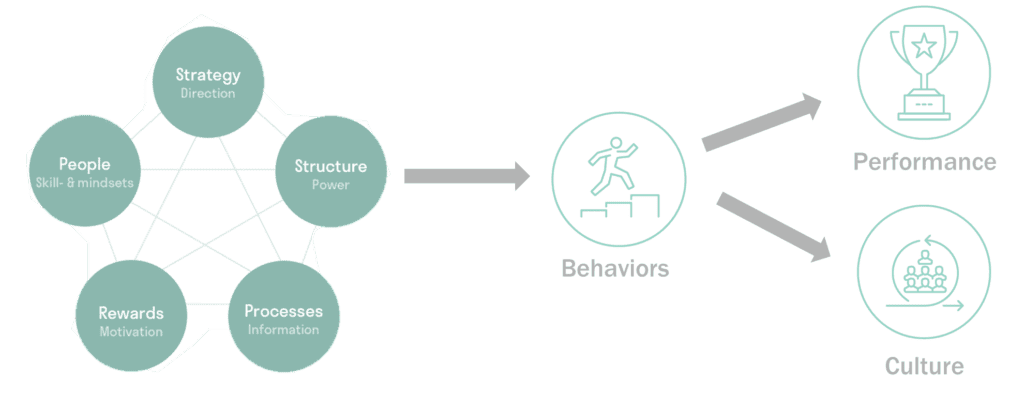Fueled by the Great Resignation of 2021, the double-edged sword of culture and its power to make or break a company has never been more top of mind for CEOs, HR executives, and team leaders.
Culture can either destroy a company from within or help it to become a magnet for amazing talent and loyal customers. The culture conversation is not only happening inside organizations and with prospective new hires but has also emerged as a part of the new business process including customer retention, partnership evaluations, brand strategy consultation, and merger and acquisition negotiations.
People increasingly want to engage with organizations that actively foster great cultures and care for their employees’ total wellbeing. You’ve likely had at least one conversation about culture in the past year, and that dialogue may have prompted you to evaluate your culture in the context of whether it’s healthy or not. Whether you’ve decided you need a culture adjustment or you want to continue to maintain a great one, this article is for you.
The number one myth about culture is that it is a thing you can dictate or an initiative you can accomplish.
I like to describe culture to my clients through the lens of Jay Galbraith’s organizational design “5-Star Model.”

According to Galbraith, the five components of the model are as follows:
- Strategy – determines direction.
- Structure – determines the location of decision-making power (specialization, shape, distribution of power, departmentalization).
- Processes – involve the flow of information and the means of responding to information technologies (vertical ($ + Talent) vs. lateral (Workflow) processes).
- Rewards and Reward Systems – influence the motivation of people to perform and address organizational goals. This can also include implicit reward systems that are implemented throughout the organization.
- People – include the decisions, policies, and programs related to people, that influence and frequently define the employees’ mindsets and skills.
Organizational design directly correlates to employee behaviors, inevitably impacting performance and culture.
This is because your organization’s spoken and unspoken rules are what drive and shape behavior. If I am given kudos for staying late every day and working on weekends, that reinforces my behavior of staying late every day and working on weekends. If I am only incentivized for how much I sell and my compensation and bonuses are not tied to whether or not I’m a good team member or leader, then my focus will be on how much I sell and not necessarily on being a good team member or leader.
If the organization’s strategy is focused on ensuring employee wellbeing and flexible work schedules, paid time off, and free mental health services are offered and using these benefits are emphasized by leaders, then I’m more likely to use them. If the organization’s structure provides me the opportunity to cross-collaborate with my colleagues on a regular basis (i.e., cross-functional client groups), then I’m more likely to engage with different people, understand what they do and their purpose in the organization, and gain new perspectives.


If you find that your company’s culture is lacking or performance has stagnated, the first place to look is the design of the organization.
Ask yourself: What is it about our strategy, structure, processes, rewards, and people that don’t support the behaviors which lead to the type of culture and performance we want to see?
- Pinpoint the areas of the organization which aren’t aligning with the culture you desire and analyze where the environment is falling short in supporting such a culture.
- Look at the employee lifecycle (hire, onboard, develop, perform, transition, engage) and determine where your organizational design encourages the behaviors you want to see and where it negates them.
- Once you identify the gaps in your organizational design, make a plan and set a timeline to fill them (usually implemented through multiple initiatives).


